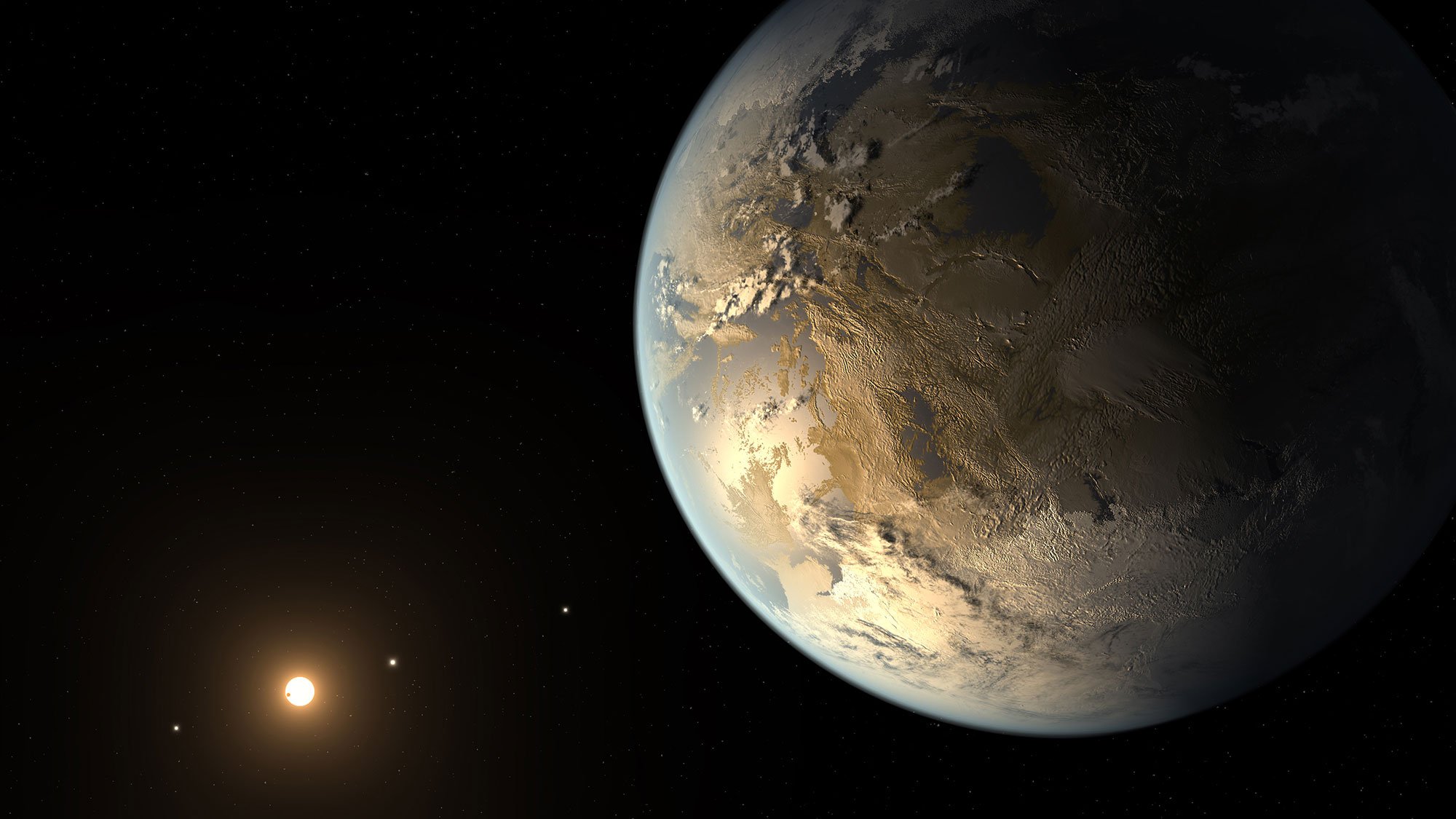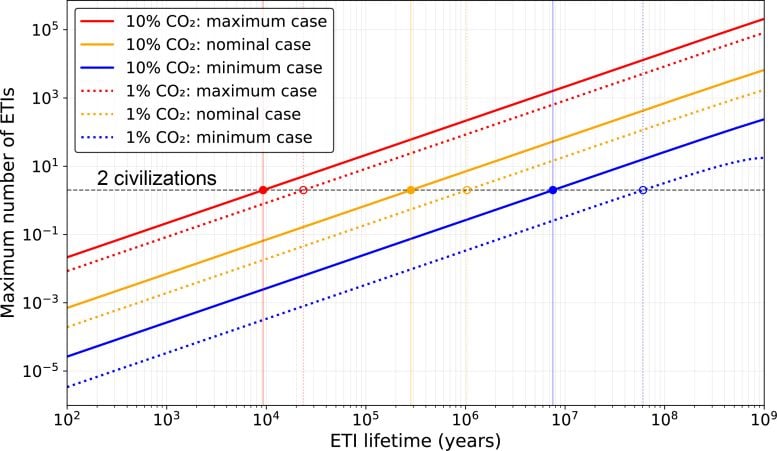The Nearest Alien Civilization Could Be 33,000 Light-Years Away

New research suggests that technological civilizations in the Milky Way are extremely rare, with the closest potentially 33,000 light-years away.
According to new research presented at the EPSC–DPS2025 Joint Meeting in Helsinki, the nearest technological civilization in the Milky Way might be as far as 33,000 light-years from Earth. For such a species to exist during the same era as humanity, their civilization would need to have survived for at least 280,000 years, and potentially for millions of years.
These findings highlight how unlikely it is to discover planets that mirror Earth, with both active plate tectonics and an atmosphere rich in nitrogen and oxygen, balanced by just the right proportions of oxygen and carbon dioxide.
Taking these requirements into account, the outlook for SETI (Search for Extraterrestrial Intelligence) appears discouraging, say Dr. Manuel Scherf and Professor Helmut Lammer of the Space Research Institute at the Austrian Academy of Sciences in Graz.
“Extraterrestrial intelligences – ETIs – in our galaxy are probably pretty rare,” says Scherf.
The Carbon Dioxide Balance
The more carbon dioxide a planet has in its atmosphere, the longer it can sustain a biosphere and photosynthesis for, and prevent the atmosphere from escaping into space, but it’s a careful balance: too much carbon dioxide and it can lead to a runaway greenhouse effect, or render the atmosphere too toxic for life. Plate tectonics regulates the amount of carbon dioxide in the atmosphere as part of the carbon-silicate cycle, and so a habitable planet requires plate tectonics. Gradually, though, the carbon dioxide that is drawn out of the atmosphere gets locked away in rocks rather than recycled.

“At some point, enough carbon dioxide will be drawn from the atmosphere so that photosynthesis will stop working,” says Scherf. “For the Earth, that’s expected to happen in about 200 million to roughly one billion years.”
Earth’s atmosphere is dominated by nitrogen (78 percent) and oxygen (21 percent), but it also contains trace gases including carbon dioxide (0.042 percent). Scherf and Lammer consider what would happen on a planet with ten percent carbon dioxide (such a planet could avoid a runaway greenhouse if it is further from its sun, or its sun is younger and less luminous) and find that its biosphere could be maintained for 4.2 billion years. Alternatively, an atmosphere with one percent carbon dioxide would maintain a biosphere for a maximum of 3.1 billion years.
These worlds would also need no less than 18 percent oxygen. Not only is more oxygen needed by larger, complex animals, but previous studies have shown that if oxygen levels fall below this then there is not enough free oxygen to enable open-air combustion. Without fire, the smelting of metal would be unfeasible, and a technological civilization would be impossible.
From Biospheres to Civilizations
Scherf and Lammer then contrasted these biosphere lifespans with the amount of time it takes for technological life to evolve, which on Earth was 4.5 billion years, and the possible lifetime of a technological species. This is important because the longer their species survives, the greater the chance that they will exist at the same time that we do.
Combining all these factors is what led Scherf and Lammer to the conclusion that technological species living on a planet with 10 percent carbon dioxide would have to survive for at least 280,000 years for there to even be one other civilization in the galaxy at the same time we are.

“For ten civilizations to exist at the same time as ours, the average lifetime must be above 10 million years,” says Scherf. “The number of ETIs is pretty low and depends strongly upon the lifetime of a civilization.”
This means that if we do detect an ETI, it is almost certainly going to be much older than humanity.
It’s these numbers that also lead to the estimate that the next closest technological civilization is about 33,000 light-years away. Our Sun is about 27,000 light-years from the galactic center, which means that the next closest technological civilization to our own could be on the other side of the Milky Way.
These numbers are not absolutes – Scherf points out that there are other factors that should be included, such as the origin of life, the origin of photosynthesis, the origin of multi-cellular life and the frequency with which intelligent life develops technology, but they cannot be quantified at present. If each of these factors has a high probability, then ETIs might not be as rare. If each of these factors has a low probability, then a more pessimistic outlook is required.
Nevertheless, Scherf strongly believes that SETI should continue the search.
“Although ETIs might be rare there is only one way to really find out, and that is by searching for it,” says Scherf. “If these searches find nothing, it makes our theory more likely, and if SETI does find something, then it will be one of the biggest scientific breakthroughs ever achieved, as we would know that we are not alone in the Universe.”
Reference: “How common are biological ETIs in the Galaxy?” by Manuel Scherf and Helmut Lammer, 8 July 2025, EPSC-DPS2025.
DOI: 10.5194/epsc-dps2025-1512
Never miss a breakthrough: Join the SciTechDaily newsletter.
Follow us on Google, Discover, and News.
Source link

